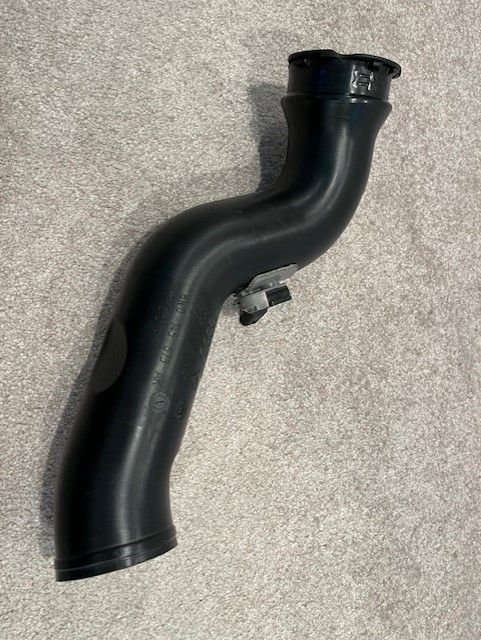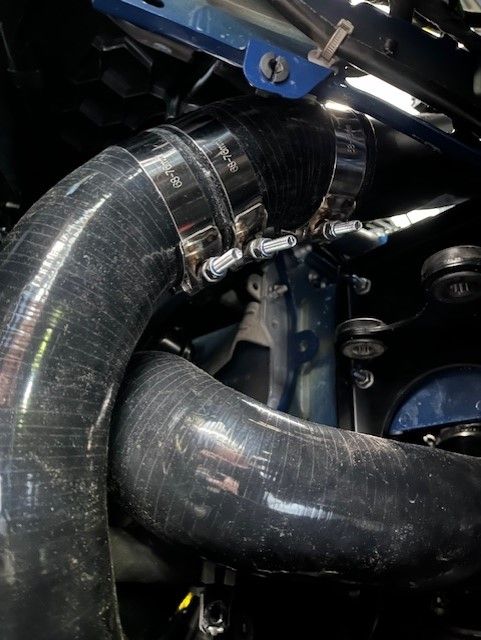
Originally Posted by
wwhan

The Air/Air intercooler has more air mass, air inlet to outlet, than a Water/Air intercooler.

Originally Posted by
wwhan

The air mass is not an issue for heat transfer. The larger air mass of the air/air intercooler has additional inertia for air moving and air movement stopping, as throtte is moved from open to closed.
The only reason the IE intercooler has such a large volume of air, is that air-air systems are less efficient at dissipating heat, which is what an intercooler is supposed to do.
The purpose of an intercooler is to make the intake air more dense (by cooling), so it can process more fuel (air/fuel ratio), which creates more power (amount of fuel burned per combustion cycle). The more heat the intercooler can remove, the more dense the air will be, and the more power it will support. So, the first relevant metric for an intercooler is how much heat can it remove from the compressed air. More heat removed is better.
Next, turbos push air into a cylinder under pressure, but that air has to get through the intercooler first. So, the second relevant metric for an intercooler is its flow rate - can it process as much air as the engine needs, when it needs it. So, the second relevant metric for an intercooler is its flow rate. More is better.
You said that Inertia was the magic elixer for an air-air system, but there is more than enough air volume in the stock system to support a ram effect. For example, the stock hose between the oem intercooler and the throttle body holds enough air to fill 2.5 cylinders. The additional volume of the manifold after the throttle body only adds to that, and its all under pressure, and it remains under pressure until the intake valve closes.
The ram effect that you are referring to is common in naturally aspirated engines, but does not really apply so much to forced induction. If air-air outperforms water-air, it is because it either removes more heat or it has a better flow rate. Both could be true of the IE intercooler, but they don't publish those numbers so we don't know.
In general, air-air has the ability to provide more cooling than water-air, but only if the heat exchanger is large enough and the car is moving fast enough. Water-air allows smaller body work and better aerodynamics while it also provides a more consistent temperature regardless of road speed, so you get more consistent behavior. For example, consistent air intake temperatures allow more control over ignition timing. F1 teams use both methods. The most common is air-air, but Ferrari and Mercedes both use water-air.
I'm curious and looking forward to some actual numbers coming from the IE system to see how it compares to the numbers provided by Wagner for their Competition water-air system. Unfortunately, IE obscures these details in the few numbers they do publish.














 Reply With Quote
Reply With Quote






Bookmarks